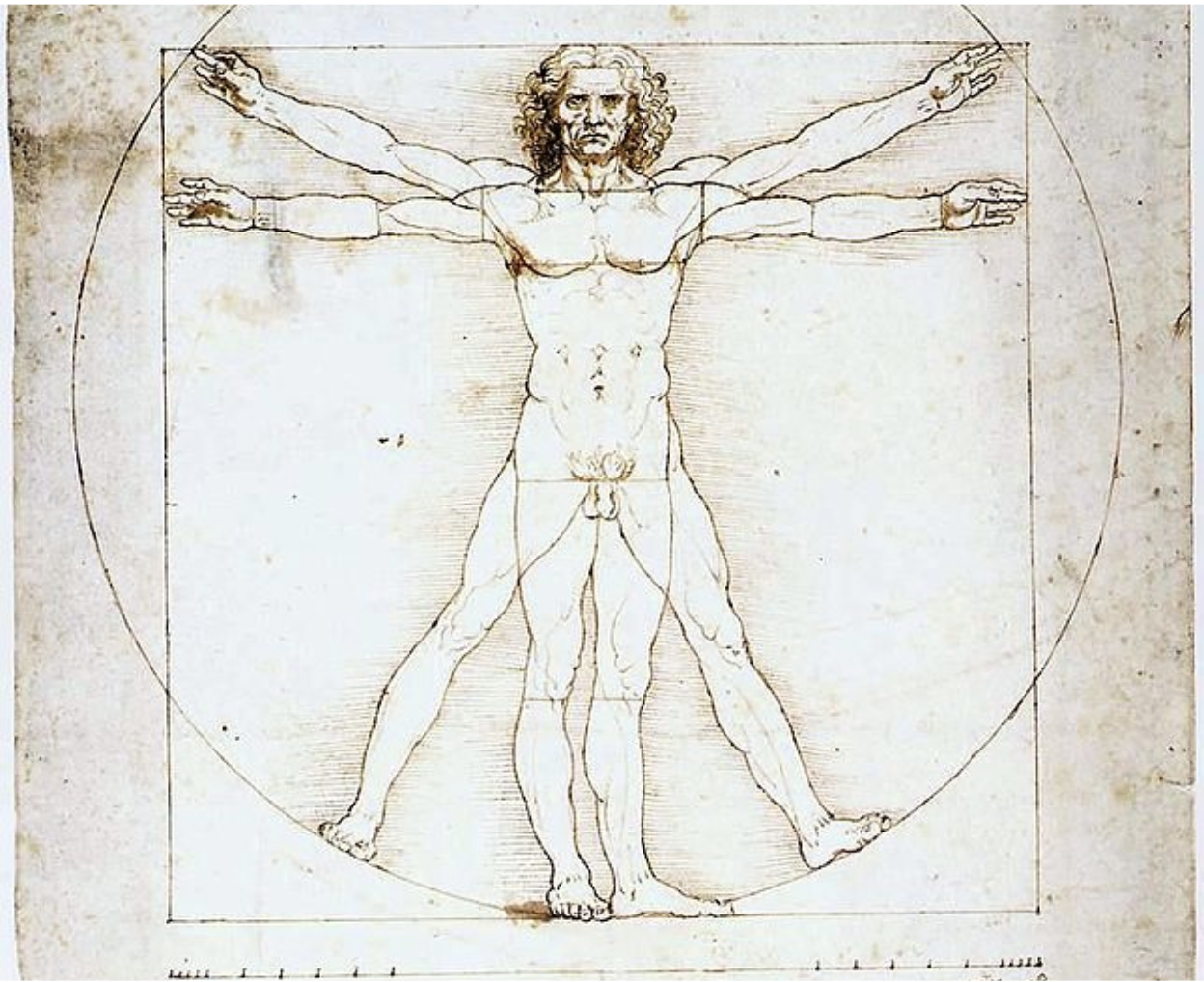Can drunkenness ever be holy? Brady examines the employment of drunkenness as a motif for both spiritual admonition and encouragement in the writings of the Church Fathers and the visual propagation of these teachings through early modern depictions of Noah and His Sons.
The Munich-based and Russian-born photographer Elizaveta Porodina produces a balanced and powerful melange of psychological insight and visual glamour through her creativity, visual art, and clinical psychology background. Her latest exhibition Un/masked at the Fotografiska, the renowned New York photography museum, offers the viewer a unique combination of melancholy, strangeness, desire, and magic. We will look at some of the most notable sections of Un/masked.
The section Unmasked takes the audience on a journey through their deepest emotions through Porodina´s ingenuity in color, movement, and emotion. Through her masterful usage of red as the color theme, she turns her camera towards the endless human struggle with emotions. The eyes shed tears of blood and the lips are soaked in red, yet the body stays afloat and detached from the crimson wave of emotions. Porodina captures the powerful and almost cathartic sentiments in the endless battle with our inner selves, in which she instills a ray of hope beneath the frenzied façade. By contrasting the “masked” subjects behind a veneer of nonchalance with the “unmasked” subjects who showcase their full emotional authenticity, she also touches on concealment and openness. Unmasked does not provide a direct guidance to grappling with our emotions, but instead celebrates this infinite human struggle through a mixture of psychological insight and visual impact.



In Black and White, Porodina invites the viewers to revisit the most universal phenomenon–death–through the unique lens of magic, melancholy, and strangeness. Through this collection, Porodina conveys the relieving message that death and any reflections on it are natural. She employs mystical elements, Russian fairy tales, shadows, and symmetry in these moments of melancholic bewilderment and liberating catharsis. To Porodina, death is a “transfer of energy” across dimensions which she represents in her subjects’ movements, tranquility, puzzlement, and gazes into the inevitable infinity. Porodina seeks to liberate her audience from the oscillating pendulum of fearing death and craving for the final deliverance. In Black and White, death no longer incurs repulsion and dread. Instead, it becomes the ultimate liberation from the intensity of human existence and the new beginning of the magical voyage towards eternity.




Porodina brings attention to human desire, anxiety, and fantasy in an assortment of personal experiences and mysticism in the Dark Fairytales section. In Hand Some Joel, she takes the literal interpretation of “handsome” and depicts the endlessness of human desire as one continuously seeks for more. The fantasy-like lighting and the “hands” all convey in great sarcasm the extent of human gluttony. In False Prophet, Porodina places the viewer in the dilemma between fear and empathy. With fully dark eyes and an ambiguous visage between serenity and intense fear, the girl seems to be in a conundrum. She encounters the quandary between becoming the embodiment of the false prophet or facing the extreme terror of the same entity that she is tempted to concretize. No longer is the viewer a bystander as the girl’s ominous stare entangles the audience into her mind and world.


In conclusion, Elizaveta Porodina offers her audience a spiritual journey to ponder upon some of the most relevant issues of our existence, profound anxieties, and angst. In an artistic and evocative fashion, she leaves the audience in awe, contemplation, and epiphany.





